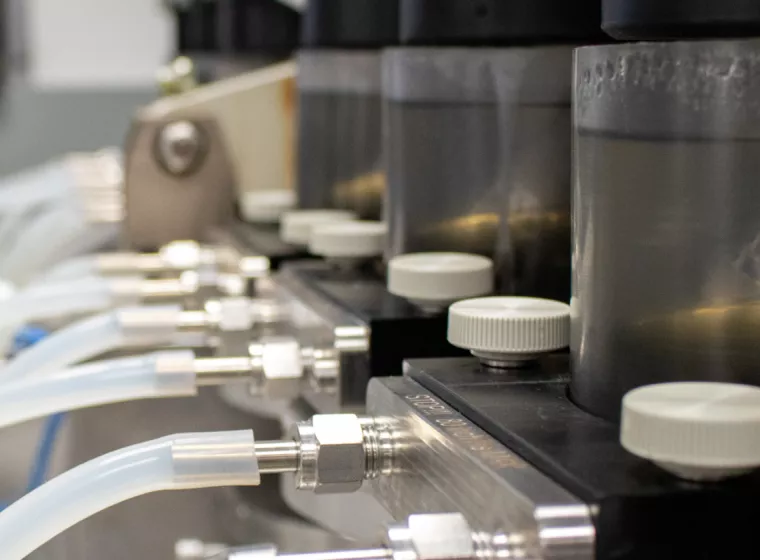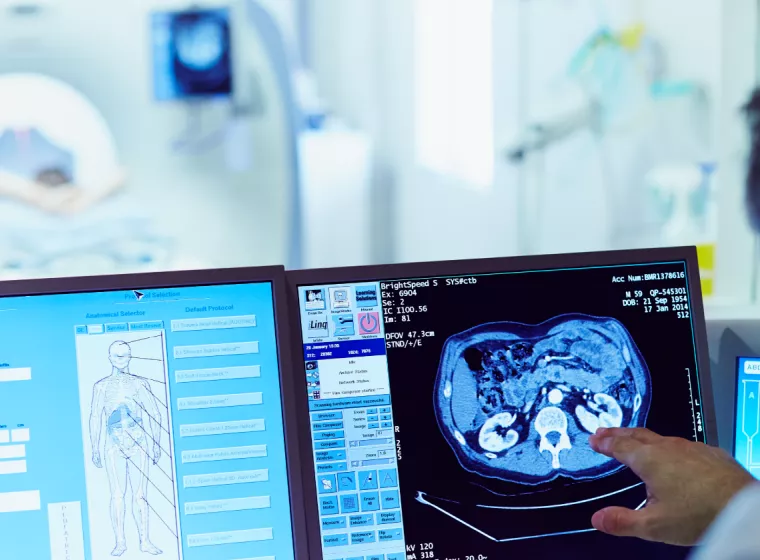THE CHALLENGE
Methylene blue, a protective dye used in photodynamic therapy (PDT), has been historically used in medicines and other regulated products for its ability to destroy pathogens. With widespread shortages in personal protective equipment (PPE) during the COVID-19 pandemic, the founders of Singletto saw the potential for PDT, and more specifically antimicrobial photodynamic inactivation (aPDI), to provide added protection for healthcare professionals in a safe, affordable, and environmentally friendly way.
Singletto engaged Exponent to provide regulatory expertise to help them navigate registration requirements with relevant government agencies. When embedded into PPE such as surgical masks, Singletto's Oxafence technology (which includes methylene blue) can kill a range of pathogens to support safe and effective antimicrobial protection.
EXPONENT'S MULTIDISCIPLINARY SOLUTION
How does Exponent help with complex regulatory processes? We ask the right questions.
In partnership with multidisciplinary experts from across Exponent, our Biomedical Engineering & Sciences, Chemical Regulation & Food Safety, Electrical Engineering & Computer Science, and Polymer Science & Materials Chemistry practices helped guide Singletto in data and evidence gathering that demonstrated the safety and efficacy of the Oxafence mask to the Food and Drug Administration compared to a predicate device.
Exponent's Impact
Exponent conducted preliminary research and analysis and helped Singletto assemble an FDA submission for its antimicrobial surgical mask, which was subsequently cleared in 2024. This novel technology is not only innovative and affordable but has the potential to be used in other applications to help slow the spread of pandemic-level viruses like SARS-CoV-2. Additionally, products like surgical masks with antimicrobial properties have the potential for use in low- and middle-income countries to provide protection against high-threat viruses such as Norovirus and Ebola virus.
What Can We Help You Solve?

Biocompatibility & Biological Risk Assessment
Address biocompatibility challenges throughout the medical-device product lifecycle.

Chemical Toxicology & Health Risk Assessments
Exposure assessments, toxicity evaluations, and support for issues of toxicology and mechanistic biology.

Materials Used in Medical Devices, Implants & Surgical Tools
Expert evaluation of the materials used in medical devices, implants, and surgical tools.

Regulatory Compliance for Medical Products
Experienced regulatory support for medical devices, pharmaceuticals, and combination products.

